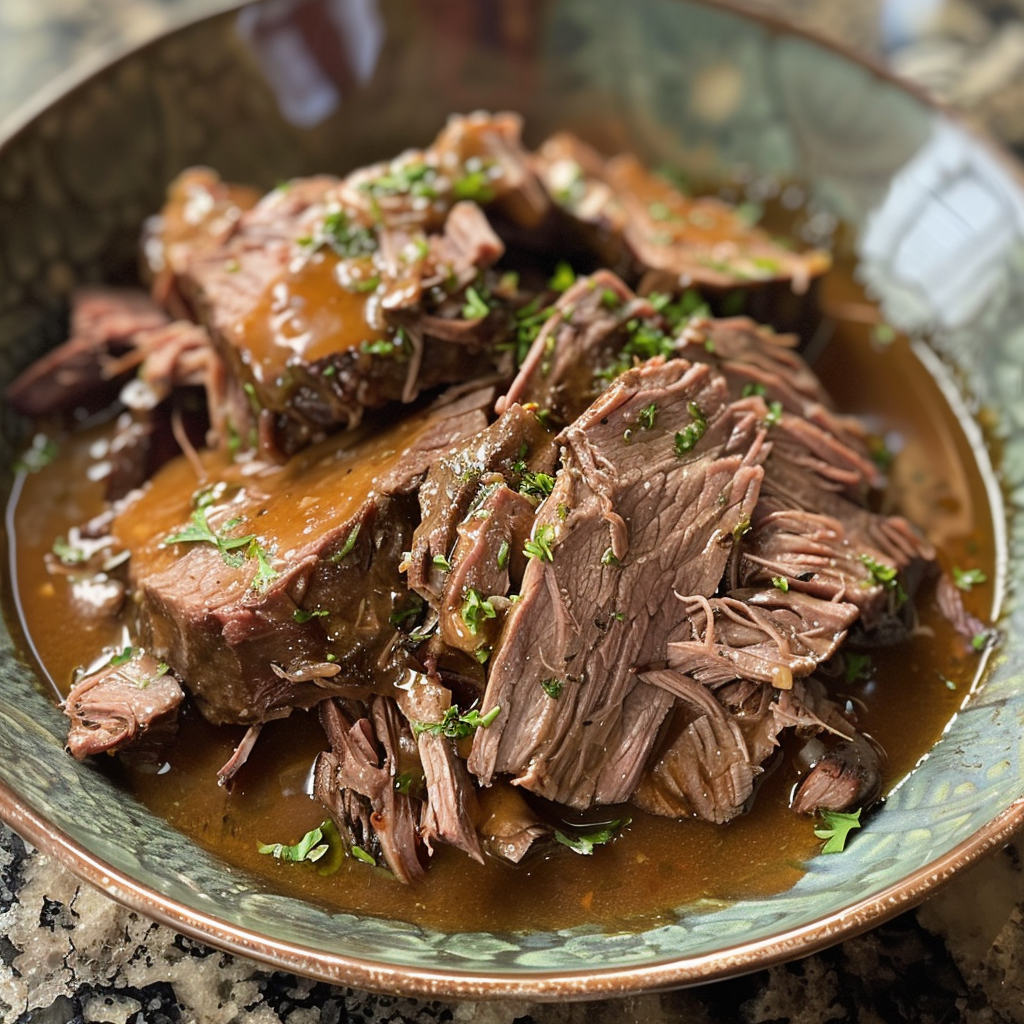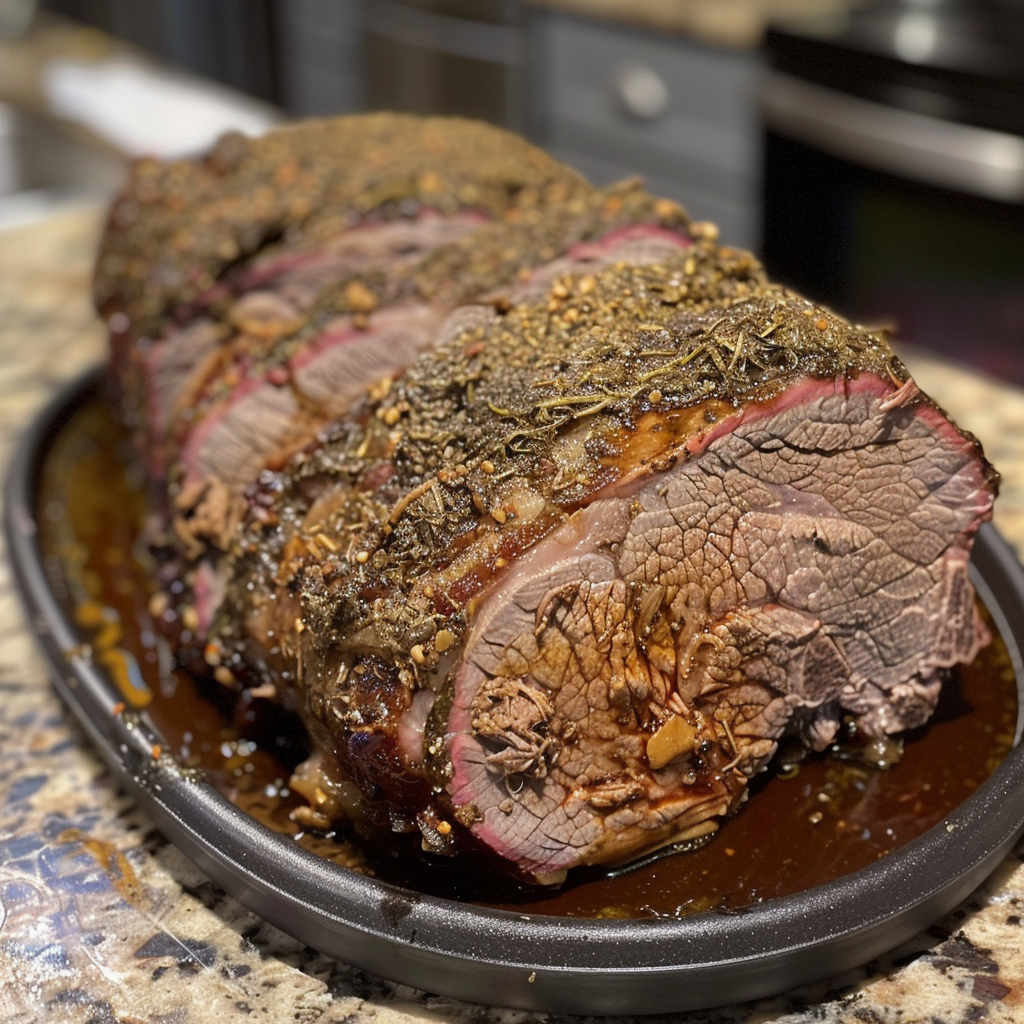When has sourdough discard gone bad?
Understanding Sourdough Discard Sourdough discard, often seen as just a by-product of sourdough bread making, actually holds significant culinary value. As you maintain a sourdough starter—a mix of fermented flour …










